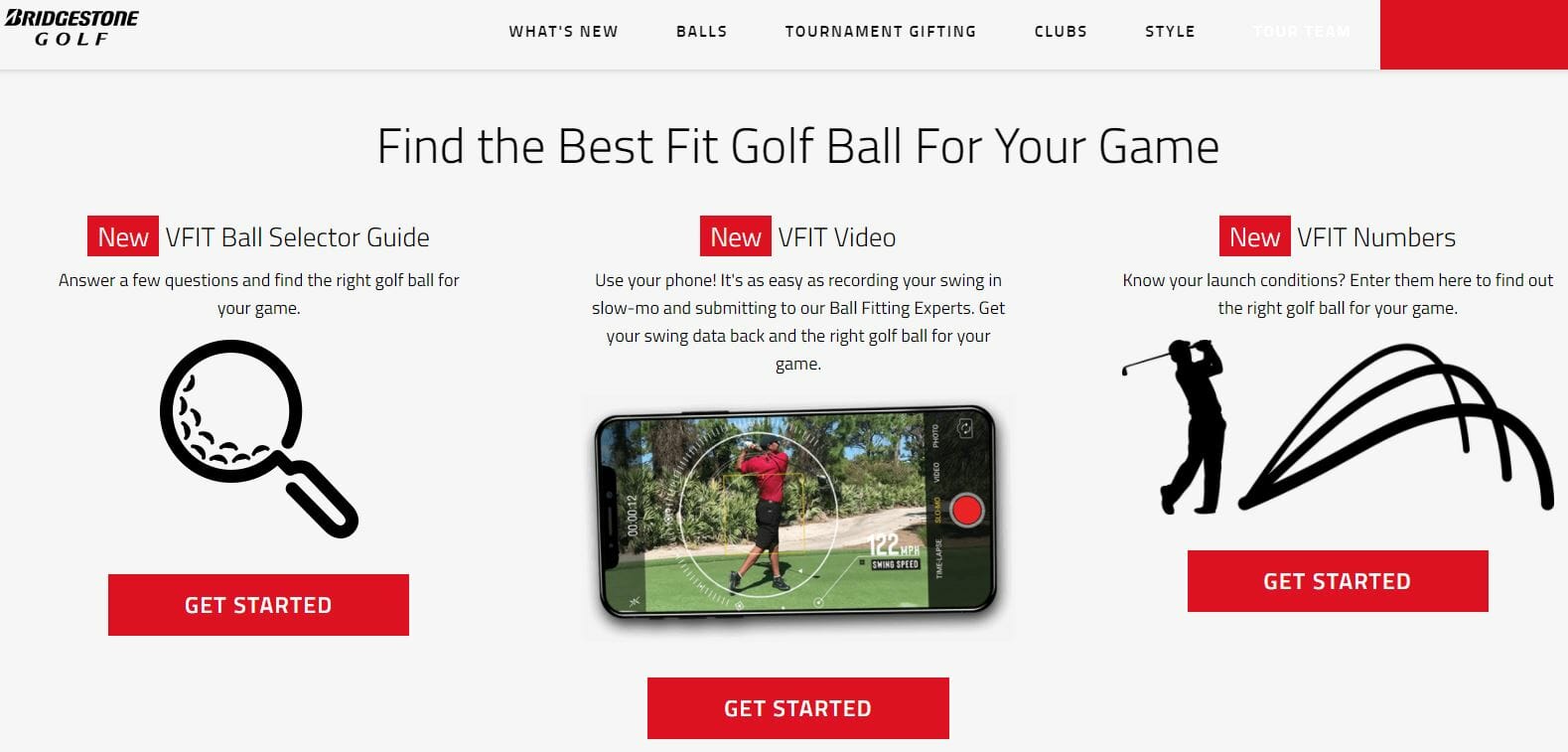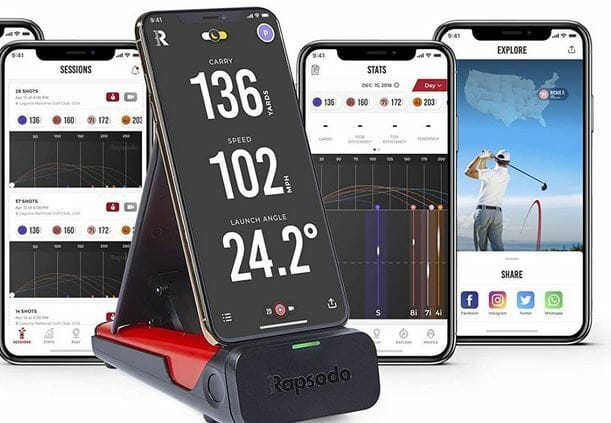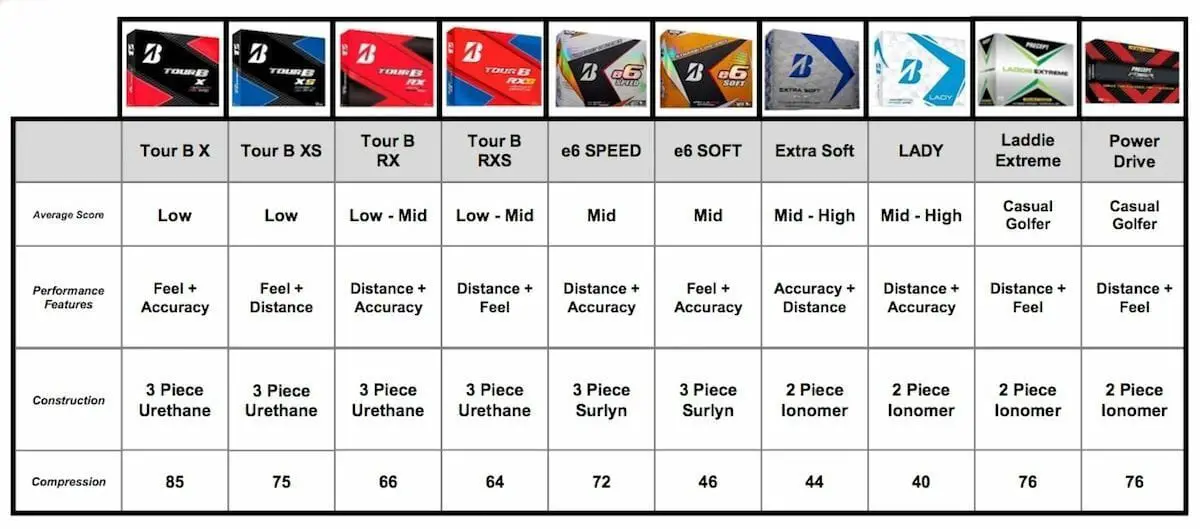
Kids and younger juniors usually have slower swing speeds, so they don’t gain the same benefits from high-compression “Tour” balls as faster, low-handicap players. A softer, lower-compression ball with less spin is often a better and more affordable choice.
Golf balls are highly personal. While technical factors matter, kids often choose based on look and feel. If their favorite pro plays a Titleist Pro V1, they may want the same. If they like a bright, patterned ball, that might be best for them. The same applies to many adult recreational players - an expensive Tour ball isn’t always necessary. Our college golfer once scored one of his lowest rounds during a practice using a found cheap soft golf ball!
This article offers general guidance to help you choose the right ball for your junior golfer. While professional fitting is ideal, we’ve included ways to “self-fit” on the course, range, and especially the short-game area. Start by testing balls on putts, chips, and pitches; if one works well there, it’s likely a good fit for longer shots too.
Junior Golf Ball Fitting Quiz
This article provides detailed information on the technical considerations in choosing the right golf ball and also a list of recommended golf balls for juniors including the compression rating, construction and price point for each.
If, however, you are in a rush and want to see some balls that are recommended specifically for your junior, below is a quick 4 question quiz that will provide you with a list of suitable golf balls. This quiz is also suitable for any recreational player.
Junior Golf Ball Technical Considerations
The technical factors below are key considerations in choosing a golf golf.
Compression
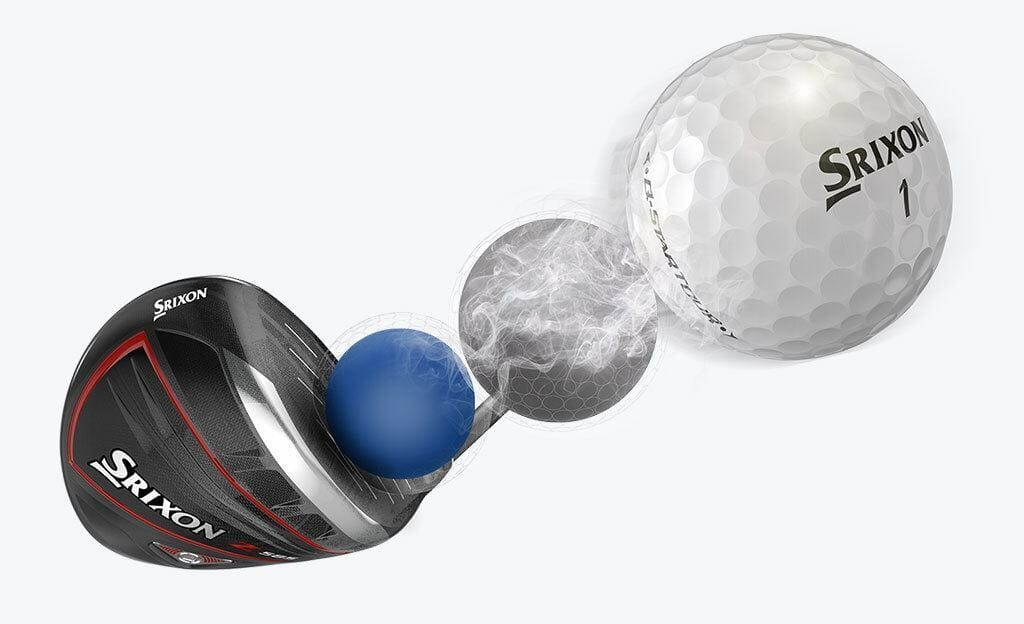
Compression is how much a golf ball deforms and rebounds at impact, transferring energy from the clubface to the ball. Ratings range from about 40 to 110, with higher numbers (90+) suited to advanced players with fast swing speeds.
For juniors or players swinging under 85 mph, a low-compression, low-spin ball offers more distance and a softer feel. While softer balls can cost distance at higher speeds, they’re an excellent choice for slower swings.
Construction
The compression rating of a golf ball is largely driven by its construction. Balls are either 2-piece construction or multi-layer construction.

A 2-piece ball has a large solid core with a cover. It suits slower swing speeds, produces less spin, and offers more accuracy off the tee, though it sacrifices some stopping power around the green. Popular 2-piece models include Titleist Tour Soft, Velocity, TrueFeel, Callaway Supersoft, Srixon Soft Feel, Wilson Duo Soft, and Taylormade Noodle.
Multi-layer balls (3–5 pieces) generate more spin and control, especially on approach shots and around greens. They’re generally better for faster swings, but juniors under 85 mph may lose some distance. Tour-level balls like the Titleist Pro V1 (3-piece), Pro V1x (4-piece), and Taylormade TP5 (5-piece) all fall into this category.
Other options for juniors include the Wilson Staff Duo Urethane (3-piece, low compression) and the colorful Volvik Vivid, both offering soft feel with added spin.
Cover
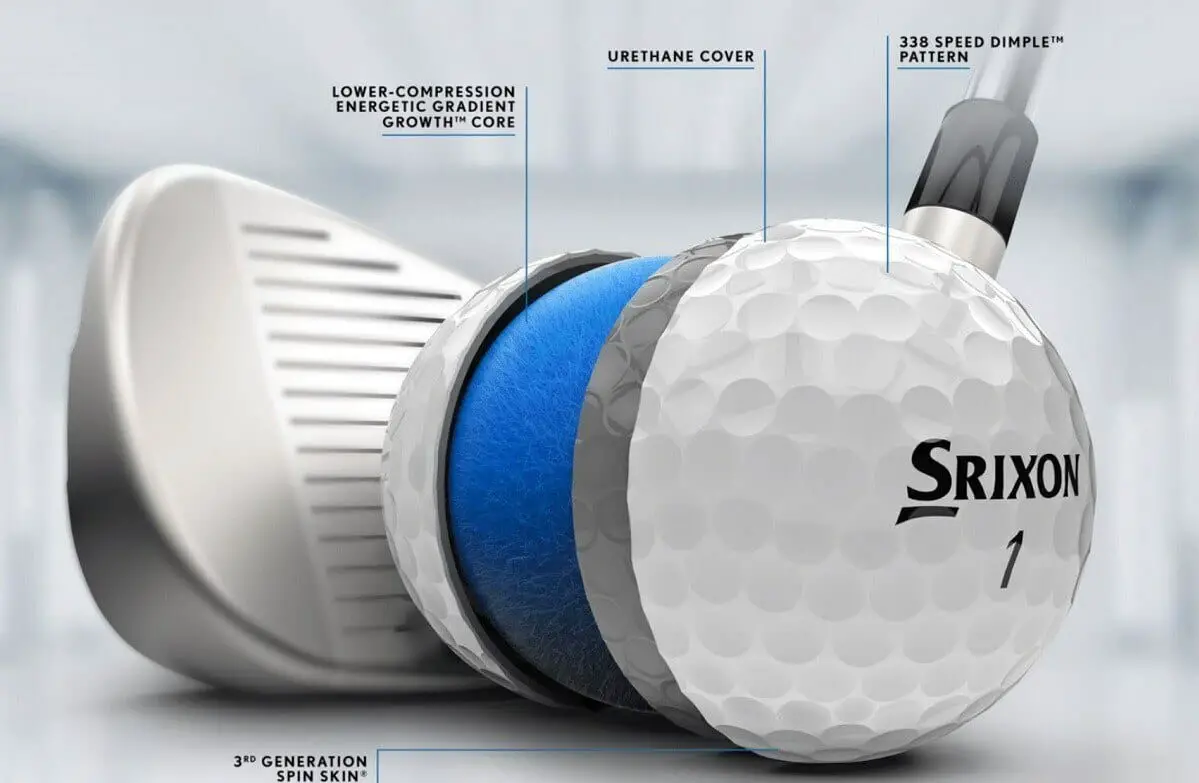
Golf ball covers are usually made of Urethane or Ionomer (Surlyn). Urethane offers softer feel and more spin, especially on irons and wedges, but is less durable and more expensive. Surlyn is tougher, lower spin, and often better for distance and durability.
Advanced players—and competitive juniors—benefit from Urethane covers for added control on scoring shots inside 150 yards. Fortunately, many brands now offer reasonably priced Urethane balls that balance distance with short-game performance.
Many manufacturers will provide good detail on their line of golf balls on their website and most also have some sort of interactive fitting guide or even a video enabled fitting guide, such as the Bridgestone one below.
Look and Feel
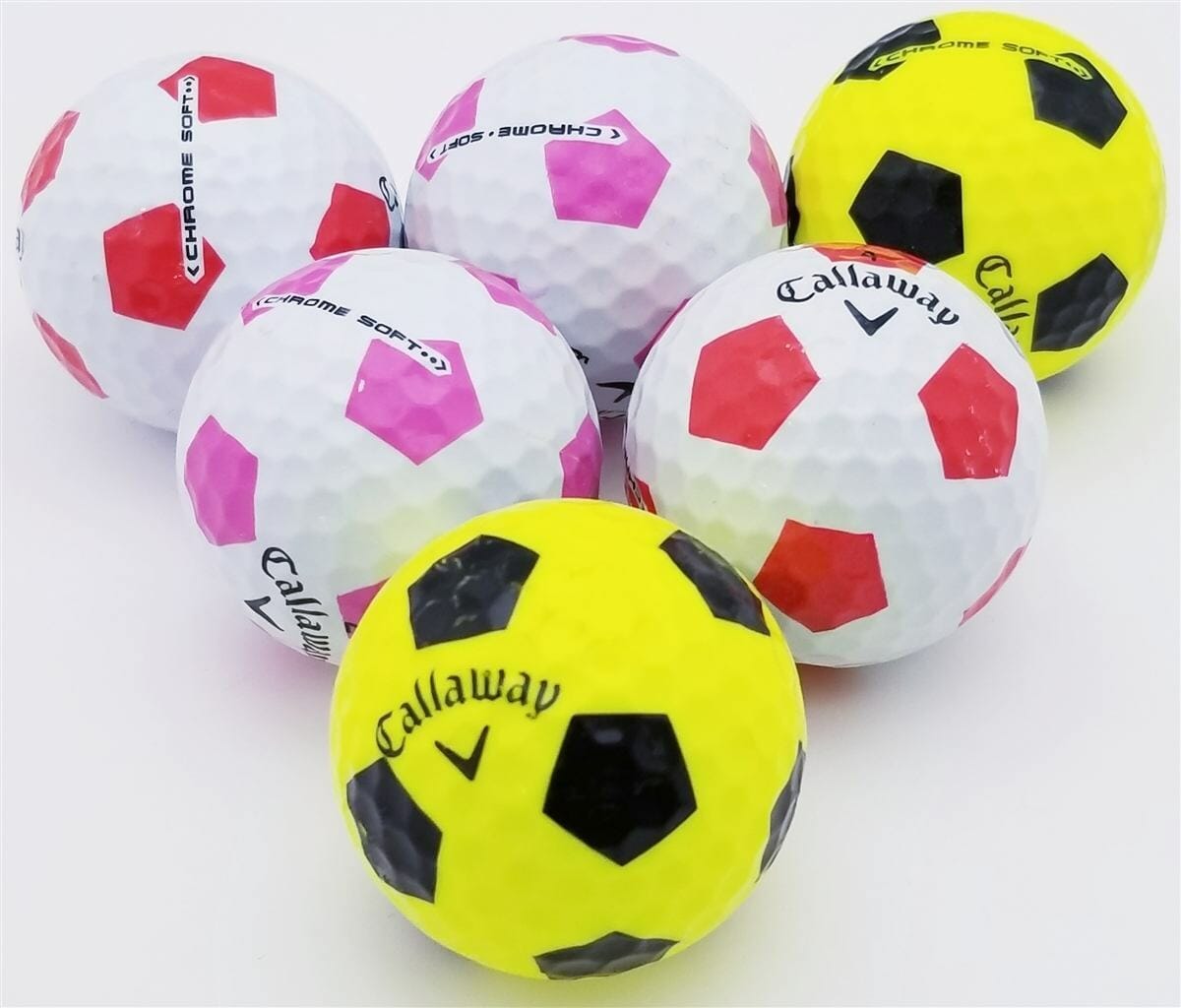
Beyond performance, looks and feel matter too. A ball that your junior thinks is “cool” can make the game more fun, and confidence often comes from how it feels with the driver, irons, wedges, and putter.
Design can even influence performance. Callaway’s Truvis pattern, for example, improves visibility and focus. Though the ball is the same size, the design makes it appear larger at address, which can boost comfort and confidence.
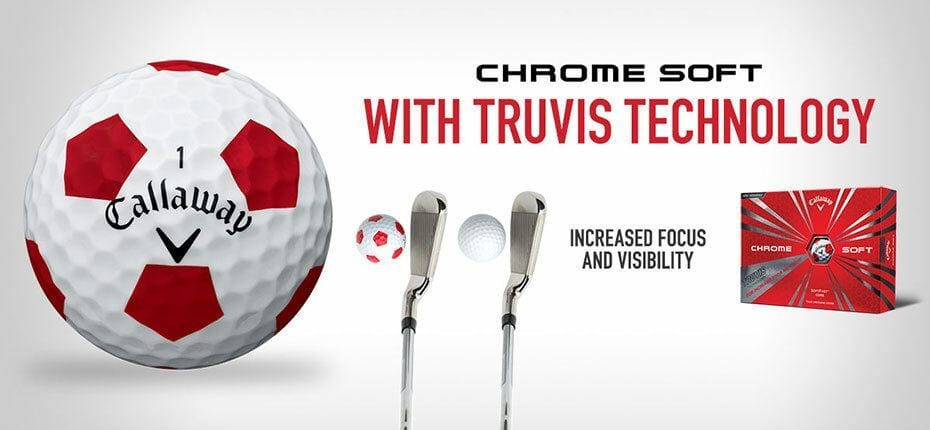
As far as "feel" goes, some high compression golf balls can feel like hitting a rock, especially on cold days when the compression of the ball is even higher. In general we find that many younger kids prefer the feel of a soft compression ball and/or a Urethane cover.
Junior Golf Ball Fitting
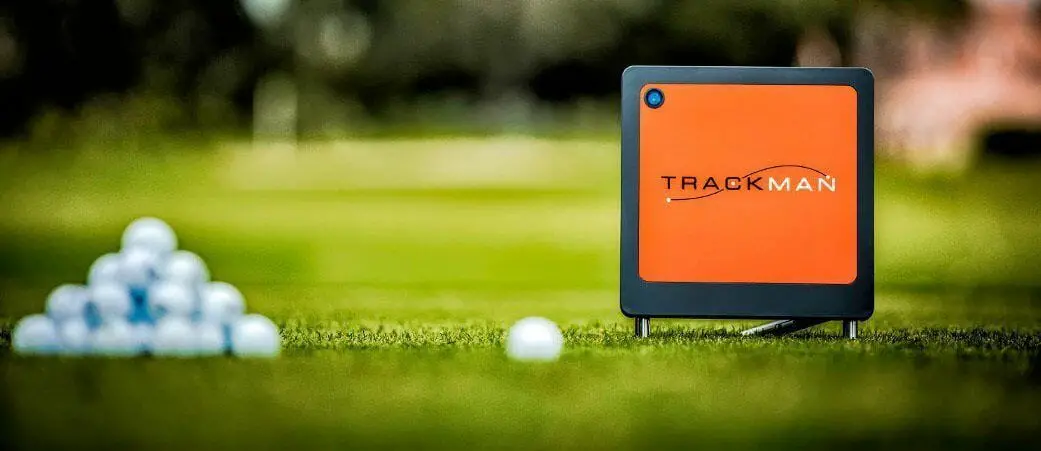
The best way to choose a ball for your junior is to start with the short game—putting, chips, and pitches—since these “scoring shots” make up most of a round. Then test irons inside 150 yards before moving to longer clubs like woods and the driver.
You can do basic ball fitting on your own or with help from a coach or professional fitter using a launch monitor for feedback on speed, spin, and distance. Many golf shops offer hitting bays to test balls, and most major brands provide online fitting tools or host ball-fitting days at local ranges.
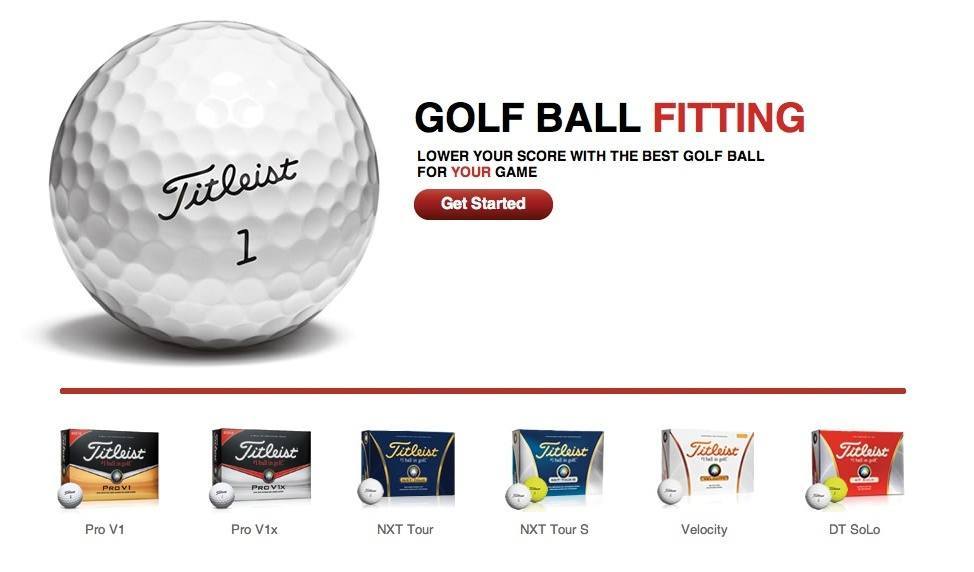
If you want to do your own basic fitting, buy a sleeve of the various makes and model golf balls that you want to try and hit them on an outdoor launch monitor. There are a number of good personal and portable launch monitors ranging in price from around $200 to $500. For example the Rapsodo Mobile Launch Monitor provides accurate readings that will help with ball fitting.
A launch monitor is the best way to compare golf balls on full shots—focus on well-struck shots and average the results for distance, spin, and accuracy. If possible, test on the course when it’s quiet so you can retrieve the balls. Be sure to also test them on pitches, chips, and putts, since short-game feel is most important.
If you don’t have a launch monitor, take a few different balls to a quiet fairway and test them yourself. Track distance and feel on well-hit shots, then repeat until you find the ball that performs best off the tee and around the green.
Golf Balls for Younger Juniors
The golf balls listed below are good choices for kids with slower swing speeds (e.g. less than 80-85 mph) and driver carry distance of less than 200 yards.
Given the huge amount of options available and personal preferences, this is not intended to be an all-inclusive list but a good place to start with softer feel golf balls.
Click on the column headers to sort the table data.
Ball Make and Model | Construction | Price* | Check Price |
|---|---|---|---|
Wilson Duo Soft+ | 2 Piece, Non-Urethane | $ | |
Vice Pro and Pro+ | 4 Piece, Urethane | $$ | |
Titleist Tour Speed | 3 Piece, Urethane | $$ | |
Titleist AVX | 3 Piece, Urethane | $$$ | |
TaylorMade Tour Response | 3 Piece, Urethane | $$ | |
TaylorMade Soft Response | 2 Piece, Non-Urethane | $$ | |
Srixon Q Star Tour | 3 Piece, Urethane | $$ | |
Maxfli Tour S | 3 Piece, Urethane | $$ | |
Callaway Chrome Soft | 4 Piece, Urethane | $$$ | |
Bridgestone Tour B RXS | 3 Piece, Urethane | $$$ | |
Titleist Pro V1 | 4 Piece, Urethane | $$$ |
Top Rated Golf Balls for Older Juniors
Although many of the lower compression golf balls in the above table can also be used by golfers with driver swing speeds above 85 and who carry a driver 200+ yards, these juniors may benefit from multi-piece golf balls with medium compression ratings and Urethane covers.
Some good examples of quality, medium to high compression golf balls include:
- Titleist Pro VI (~87 compression rating)
- Taylormade TP5 (~86 compression rating)
- Bridgestone Tour B RXS or XS (~75 and 84 compression rating, respectively).
The Pro VIx, TP5x and Tour BX are all a slightly higher compression rating than the Pro VI, TP5, and Tour B RXS respectively.
Fun Golf Balls for Kids
Volvik Vivid Marvel Golf Balls
Does your junior golfer like Captain America, Iron Man or Spider Man? If so, these Volvik Vivid Marvel edition golf balls are for them! These are a great option at less than $25 for a box of 12 or less than $2 a ball!
These are a good option for juniors with club head speeds of 70-90 mph. They are designed to produce lower driver spin & higher wedge spin with a mid-to-high ball flight and have a Volvik compression rating of 75.
Glow in the Dark Golf Balls
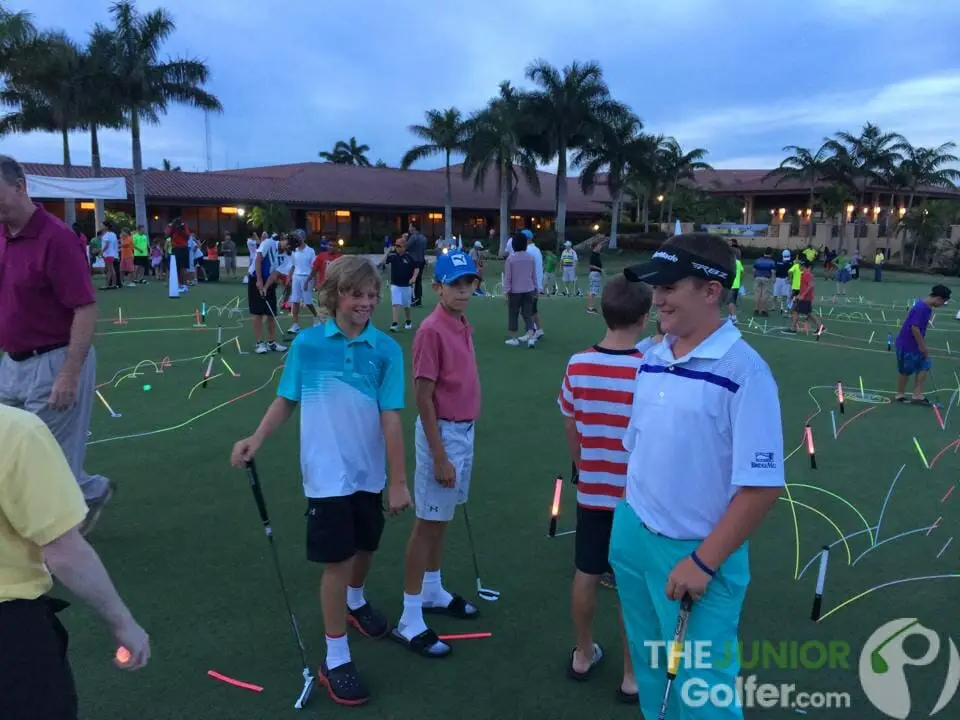
Kids love anything that is glow in the dark and glow in the dark golf balls are no exception. Using a pack of glow sticks you can make a glow in the dark course and have some fun with the kids. Pictured above, the PGA National Resort & Spa in West Palm Beach, sets up a great night-putting course at many of its junior golf tournaments. We recommend using 22 inch and 8 inch glow sticks for setting up your course.
With good quality luminous golf balls (i.e. as opposed to LED light up balls that are used for putting), you can even play a few shorts holes (e.g. as par 3's) in the dark with your kids (take a flashlight or headlamp). Some golf clubs even have occasional evening or night golf outings for members.
Decorated Golf Balls
Lots of kids love DIY decorated golf balls. Some colored sharpies will do the trick - let them draw their favorite pet, super-hero or scary face. We recommend using a lower cost ball for them to decorate! Note that heavily decorated golf balls, like the cool golf balls below, can leave colored marks on the face of golf clubs but wont significantly affect performance.
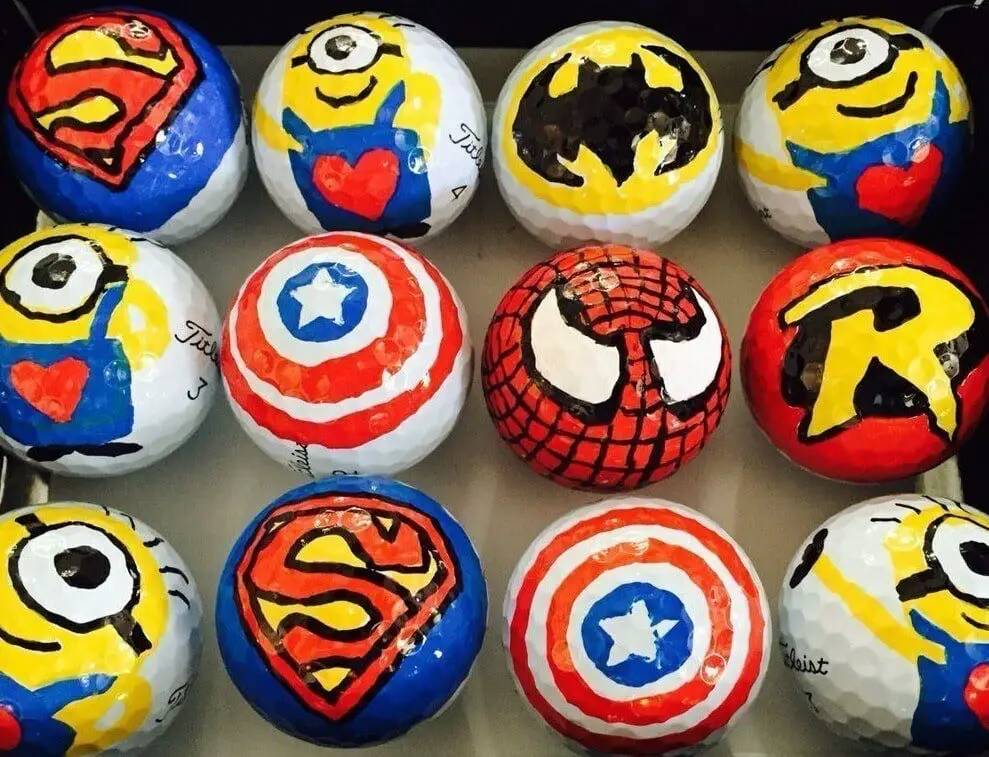
We also like the various Tin Cup Ball Marker designs and kids often have more than one of these in their bags at any one time. Get a pack of different colored sharpies with it and kids will enjoy the creative process of marking up their golf balls.
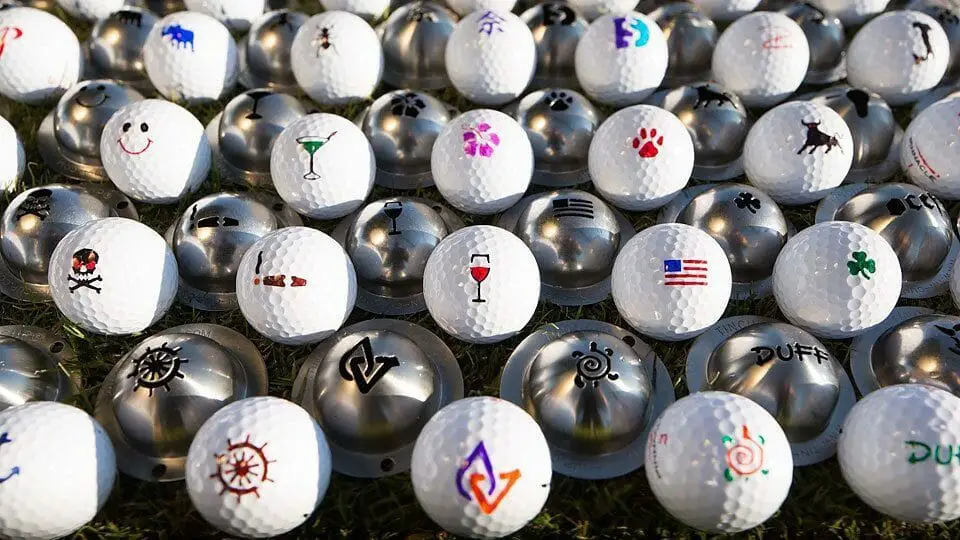
Golf ball stickers are also a nice idea for kids and there are various different designs available. Golfdotz are good quality, highly rated and sold online and in various large golf shops. This is an easy way to turn otherwise boring golf balls into cool golf balls for both kids and adults.
Note that some "decorated" golf balls are not meant for regular play, will likely not perform very well, and may even not be legal to use in tournaments. An example of these would be balls found in baseball parks (e.g. with team logos), amusement centers, tourist attractions etc.
Novelty Golf Balls
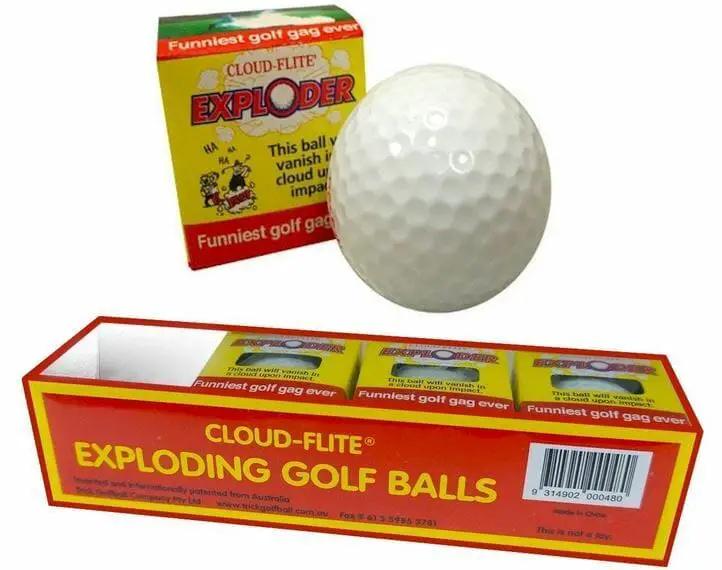
Kids love novelty golf balls such as the floating ball, the unputtable ball (off-balance), the unwinding ball and the favorite for kids, the exploding ball. Make golf fun and grab a couple of exploding balls for the next outing with your kids!
Conclusion
Lower-compression balls are great for juniors and slower swing speeds. Their lower spin also helps reduce hooks and slices, resulting in straighter shots. Ideally, you want a ball that flies and stops at consistent distances.
Spin needs vary by course conditions: i.e. on fast, firm Bermuda greens, higher spin helps stopping power; on softer Bentgrass greens, it matters less.
Have your junior test different balls—especially low-compression options—through fitting or on-course trials. Most importantly, once they find a ball they like, stick with it. Consistency teaches them how their ball reacts, which is more valuable than chasing small gains in distance or spin.


